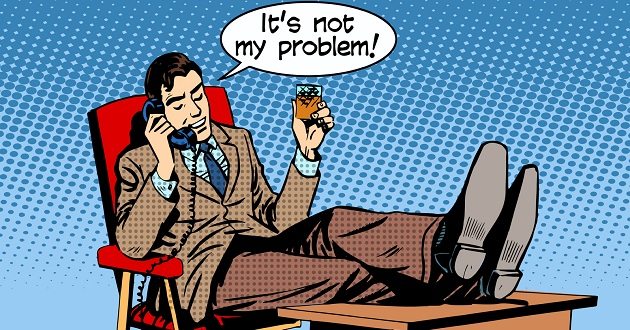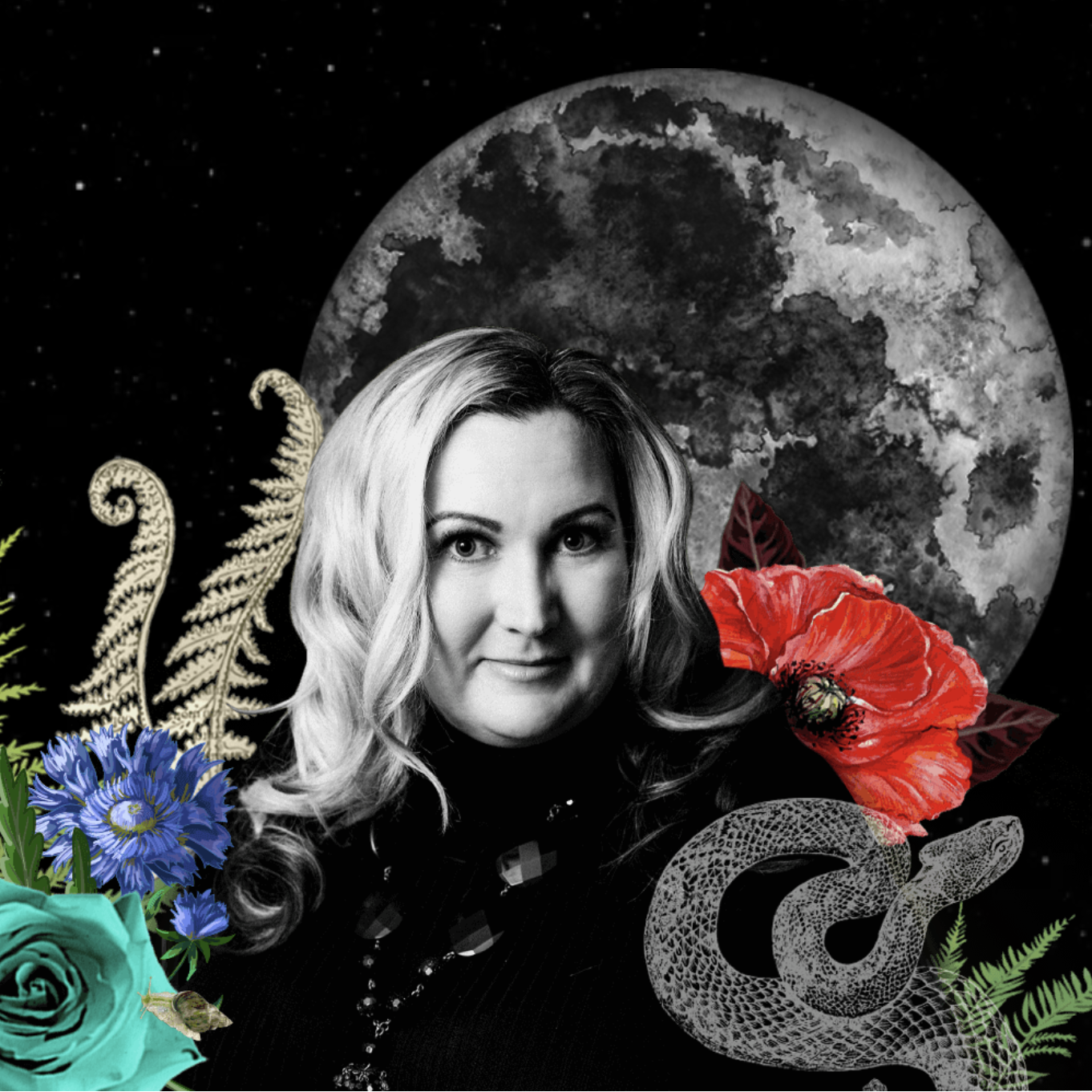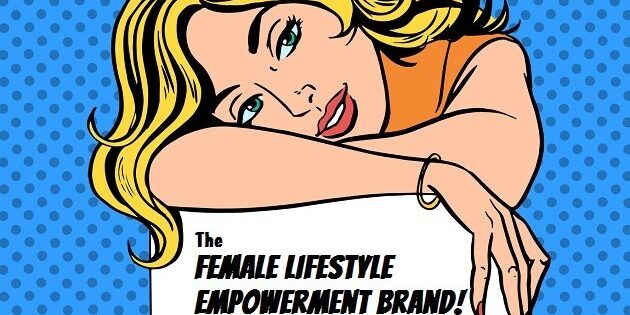
Feminism, Femininity and The Swinging Pendulum. A Question for You.

AKA Blame Feminism
This essay is part 3 of my work on The Female Lifestyle Empowerment Brand.
- Part 1 is an intro/definition of The Female Lifestyle Empowerment Brand.
- Part 2 is about the watered-down, depoliticized and individualized empowerment on offer by the purveyors of The Female Lifestyle Empowerment Brand.
Are you interested in (or exasperated with) The Female Lifestyle Empowerment Brand? I include background research and thinking on these topics in my Sunday newsletter. You can sign up here to receive it.
[tweet_dis excerpt=”Let’s talk about that naughty and oppressive swinging feminist pendulum. Ahem. by @kellydiels”]Shall we talk about that naughty and oppressive feminist pendulum? Ahem.[/tweet_dis]
I’m seeing variations of a particular phrase and formulation in the blogs and books of coaches and authors devoted to women’s empowerment – or hearing it in their podcasts – over and over again, and it looks like this:
“The feminist movement has made important achievements, but now the pendulum has swung to far to the other side, forcing women to lock away their femininity. The problem with feminism is that it denies femininity. What you as a woman need to do to transform your life is reclaim your feminine essence.”
I’m seeing it so frequently and with such similar and repetitive phrasing that I know it has to be coming from somewhere.
And we need to destabilize and dislodge it.
[tweet_dis excerpt=”We need to challenge the notion of the gone-too-far + finished feminist pendulum because it’s a lie that sounds like truth. @kellydiels”]We need to question and challenge this notion of the gone-too-far-and-finished feminist pendulum – forcefully – is because it’s a lie that sounds like truth. [/tweet_dis]
It names a legitimate and real source of stress but makes an error – and I suspect that at its point of origin, it was a deliberate and politically motivated “error” – by naming the advocate as the aggressor.
The very real problem is this: our culture devalues anything and anyone associated with conventionally feminine characteristics and activities.
But [tweet_dis excerpt=”It’s an error to lay the devaluation of the feminine at feminism’s door. by @kellydiels”]it’s an error to lay the devaluation of the feminine at feminism’s door[/tweet_dis].
That all things feminine are still devalued in our culture isn’t a sign that the feminist movement has succeeded in its aims and now gone too far.
Instead, it’s evidence that the patriarchal norms are still rigidly in place and the work of feminism is NOT done.
Women are overworked and overwhelmed because we are obliged by our culture to radiate femininity and beauty (the beauty myth), be caretakers and domestic sex goddesses (the feminine mystique) AND be career overachievers (liberal capitalism). We have perform all of these roles or face backlash from our intimates, superiors and culture.
The feminist movement opened up new human experiences and opportunities to women but unfortunately [tweet_dis excerpt=”Feminism has not (yet) succeeded in dislodging the patriarchal expectations and demands on our psyches, bodies, time and money. @kellydiels”]feminism has not (yet) succeeded in dislodging the patriarchal expectations and demands on our psyches, bodies, time and money.[/tweet_dis]
And it’s that unrelenting patriarchal pressure to perform and conform to externally prescribed versions of femininity that has women demoralized and distressed.
If feminism had truly succeeded and concluded, we wouldn’t be under that pressure.
So again: let’s not lay the problem of patriarchy and its symptoms at feminism’s door. [tweet_dis excerpt=”The overwhelm, overwork, devaluation & distress endured by women in our culture is explicitly what feminism is working to end – @kellydiels”]The overwhelm, overwork, devaluation and distress endured by women in our culture is explicitly what feminism is working to end.[/tweet_dis]
And this postfeminist message (feminism is over, its goals were achieved, the pendulum has swung too far) followed by its remedy – a step-by-step handbook to proper femininity + personal power – is what the purveyors of The Female Lifestyle Empowerment Brand are selling us, too.
Sure, women *can* be careerists and achievers and you can be a leader in your field – you go, girl, and we’ll show you how to do it online! – but only if you simultaneously maintain your slim figure, have long hair, wear heels, drink green juice, charm men, sex men (preferably only the one you’ve married or will marry), have children (and spend more time with them than mothers of five did in the 1950s at the height of The Feminine Mystique), and keep a pinteresting home.
Indeed, that’s the whole appeal of this kind of lifestyle marketing: these leaders reassure us that yes, we can still access all the perks and privileges and romantic and familial love that come with being heterosexy and likeable AND at the same time be ambitious and successful in the public sphere.
In fact, if you are to deviate from full frontal femininity by taking on a public role in the world, these leaders model for you the methods and results of fulfilling both obligations – and femininity in women in a patriarchal culture is mandatory. When you take on roles that deviate from traditional femininity it becomes even more essential that you prove and display your femininity.
Which brings us back to “the problem” of the feminine. The devaluation of all things feminine and female peoples was not instigated by feminism. It’s a symptom of patriarchal oppression and it existed loooooooong before first and second-wave feminism. Apparently feminine characteristics, behaviors, activities and labour are not the problem feminists seek to eradicate. The feminism-hates-femininity formulation is a caricature of feminism perpetuated by those who oppose the flourishing, self-determination, self-actualization and full humanity of women. The protracted crisis experienced by women isn’t a result of feminist hostility to feminine women; it’s the product of a cultural, patriarchal hostility to all women. We have to pour our-marked-as-feminine selves and responsibilities into a male mold in order to succeed in the marked-as-masculine world. The workplace, for example, is structured around the notion that the worker is a man who has a female caretaker. His wife’s labour in the home frees him to be a dedicated worker who doesn’t get distracted by dentist appointments, school pickups or laundry. The second wave feminist movement helped women who were not already in the workforce – and a lot of women already worked, especially poor women and women of colour – to enter it. But when they entered it, they joined a workforce and culture that did not change its underlying assumptions and practices about work, home, family and caretaking labour. The caretaking and domestic duties performed by women remain (mostly) the province of women, most of whom now also work in jobs outside the home. We still have conventionally feminine responsibilities, and those responsibilities make us either unable to properly fit into the male worker mold or spill out of it.
The feminine is not the problem. The male mold – the mythic norm – is the problem. (It’s a problem for men, too.) That male mold is patriarchy and it has not been broken by feminism.
Feminism is not over. Its aims have not been achieved. The pendulum has not gotten stuck on the side of feminism. It’s still over there on the other side smoking cigars with Team Patriarchy.
What we need to do to alleviate the distress of women experiencing role overwhelm and role conflict is come together to break the patriarchal mold that manufactures the “problem” of femininity.
But that’s not the message of The Female Lifestyle Empowerment Brand. Instead, we learn that feminism is finished so what we now need are strategies for individually coping with the external pressures of the unyielding mythic male norm – except that we never talk about that, we talk about eliminating internal blocks to success – and succeeding in its structures while still maintaining our (obligatory) femininity.
That formulation and practice is postfeminism. It is ANTI-feminism…even if it’s dressed in the language of activism, empowerment and equality.
Another point of concern: the idea of the feminist pendulum swinging too far – the exact same phraseology – gets cited a lot in PUA (pick up artists) and MRA (men’s rights activists) sites, books and forums. Think: RooshV.
Coaches dedicated to women and women’s empowerment AND pick up artists AND men’s rights activists are espousing the same rhetoric and coming to the same conclusion: feminism and your personal lack of reverence for your femininity is the source of women’s problems AND men’s problems.
I do not believe pick up artists and men’s rights activists are the conceptual or practical allies that anyone dedicated to women’s empowerment would want to cultivate.
Which brings me back to the breadcrumbs. While it’s not shocking that these seemingly disparate industries share the same postfeminist perspective – it’s arguably our dominant cultural paradigm – it can’t be a coincidence that the same premise, conclusion, metaphor and phrasing is showing up again and again, nearly verbatim, in these niches.
There’s either a belief system or school or very significant leader who has articulated this feminist-pendulum concept and who is teaching it to the people who then strive to become the leaders in these three fields: women’s empowerment, PUA and MRA.
Which brings me to my question for you: Who or what is the common denominator?
This is part 3 of my work on The Female Lifestyle Empowerment Brand. Part 1 is an introduction to the concept and Part 2 reviews the hollowed-out, individual version of empowerment it offers.
Are you interested in (or exasperated with) The Female Lifestyle Empowerment Brand?
As I’m researching my book and developing background pieces and chapters, I’ll share my thinking and preview critical parts with you by email in my Sunday Love Letter. I’d thrilled if you sign up to receive it.



